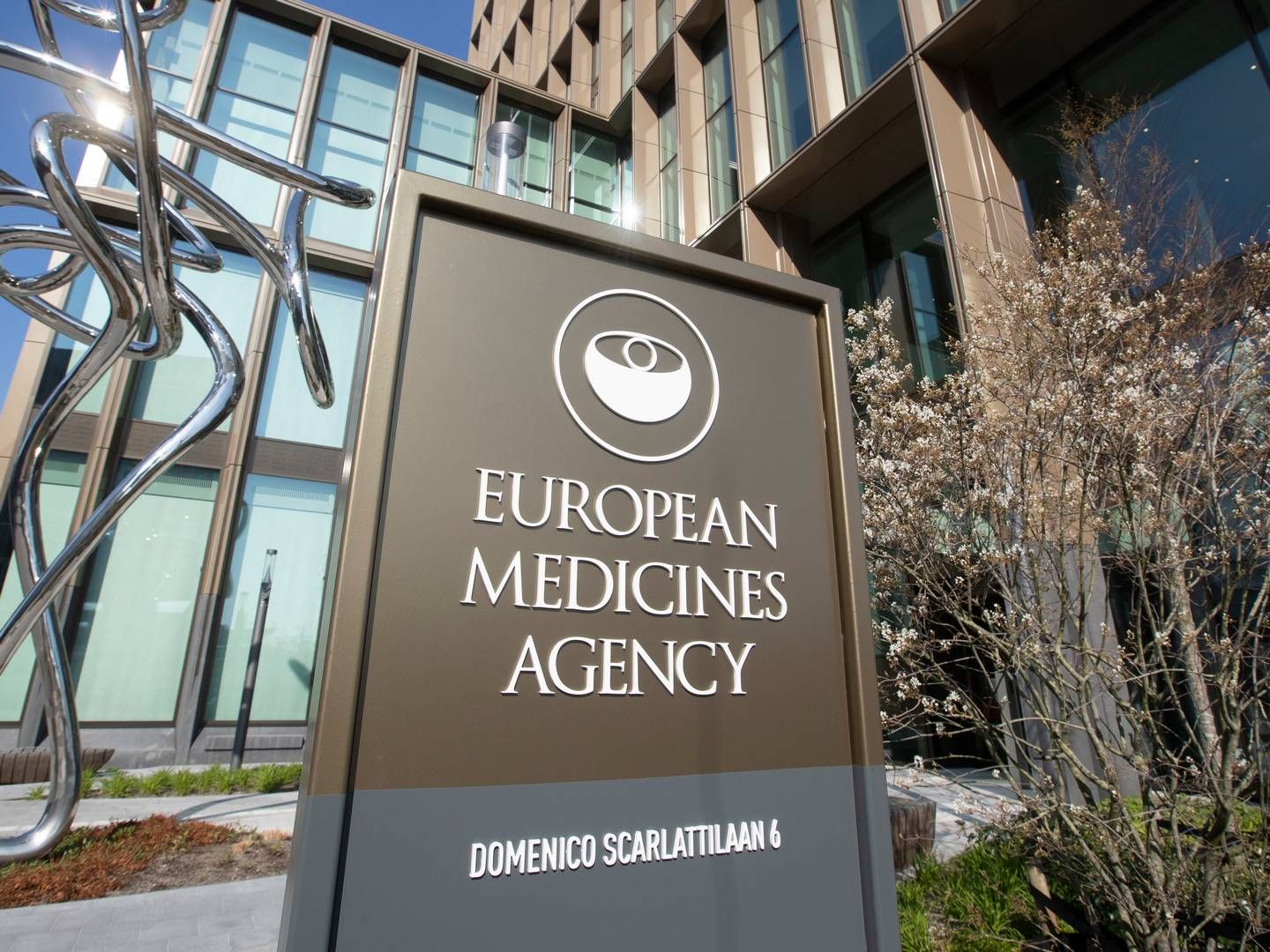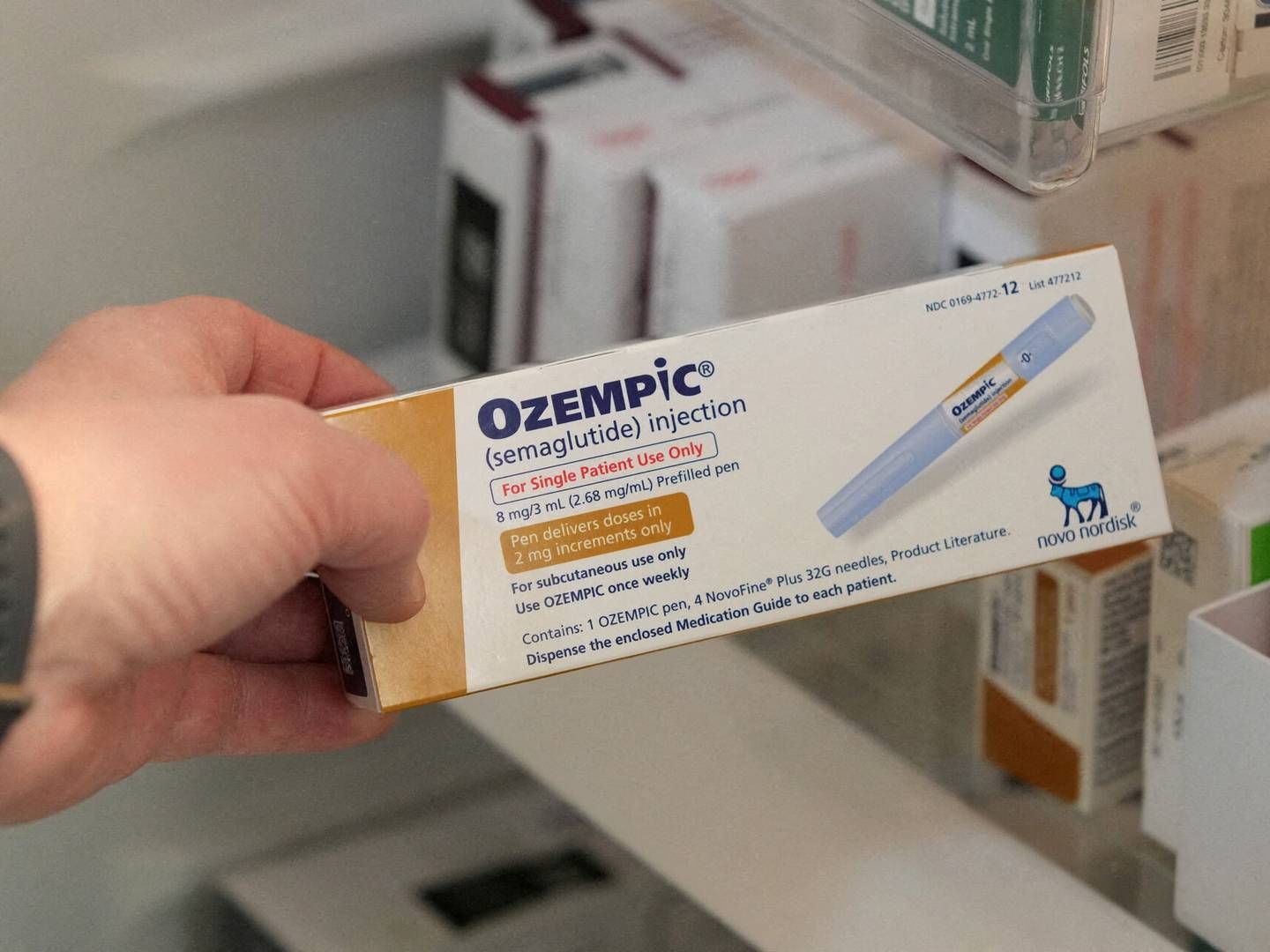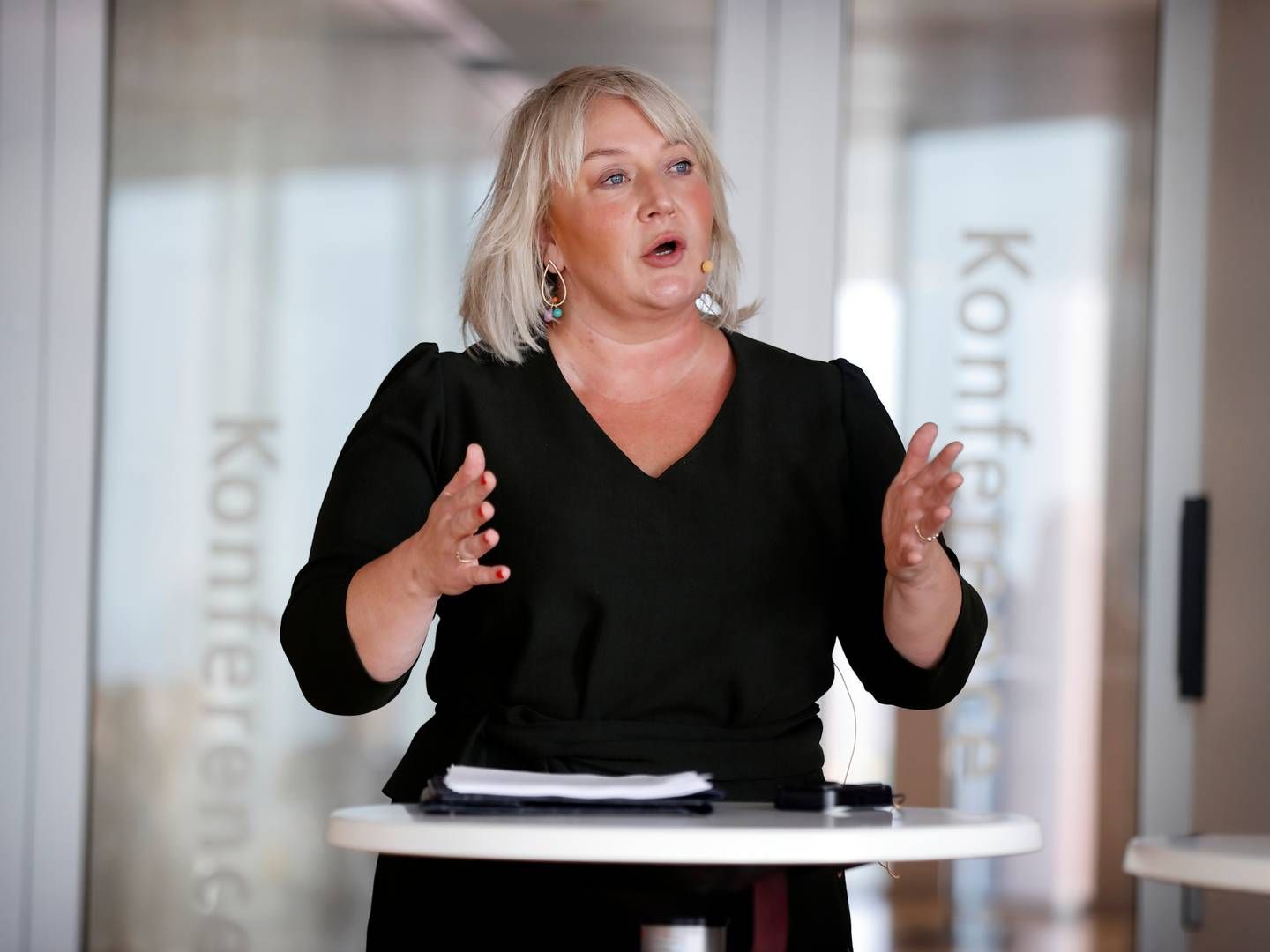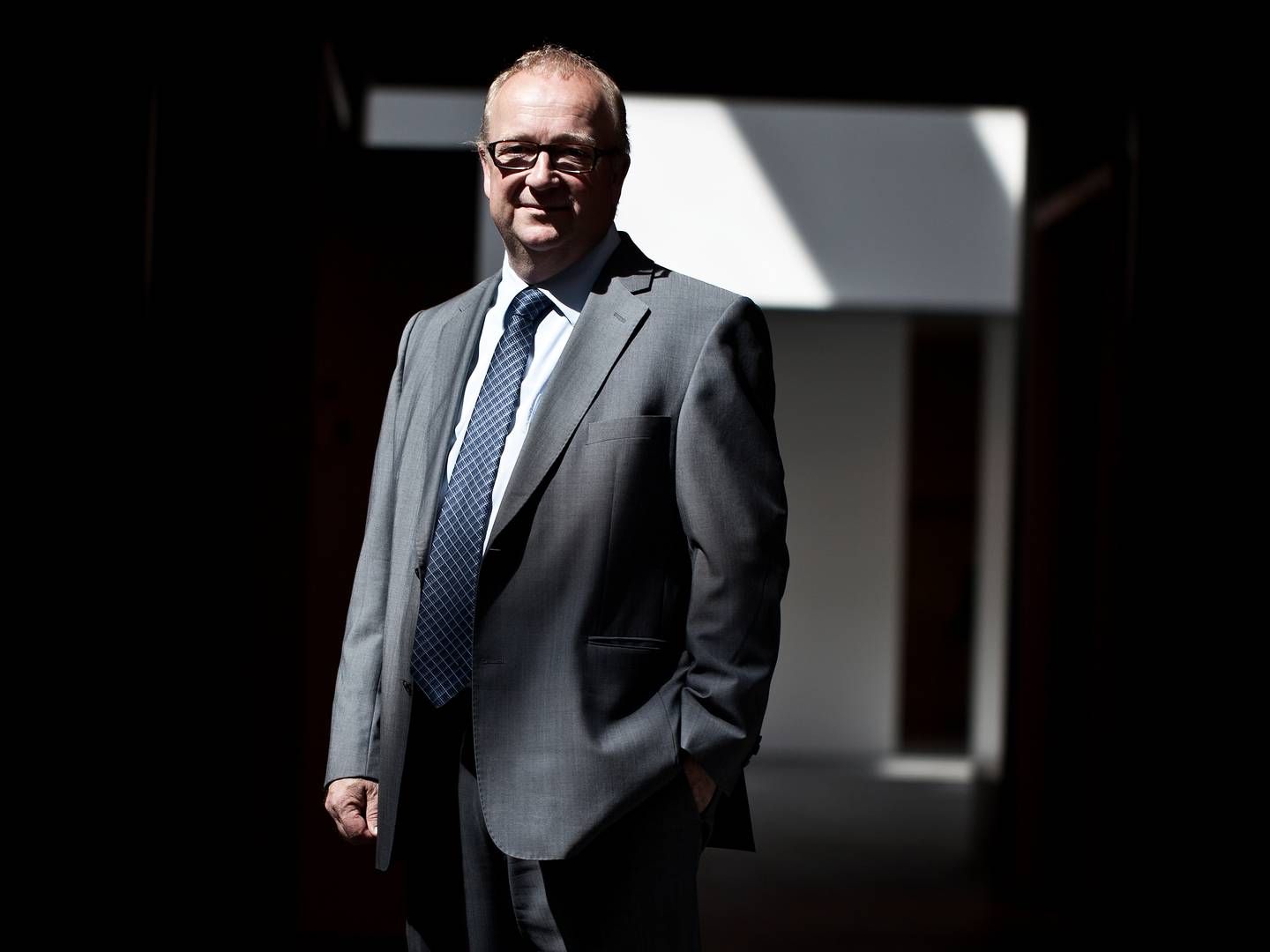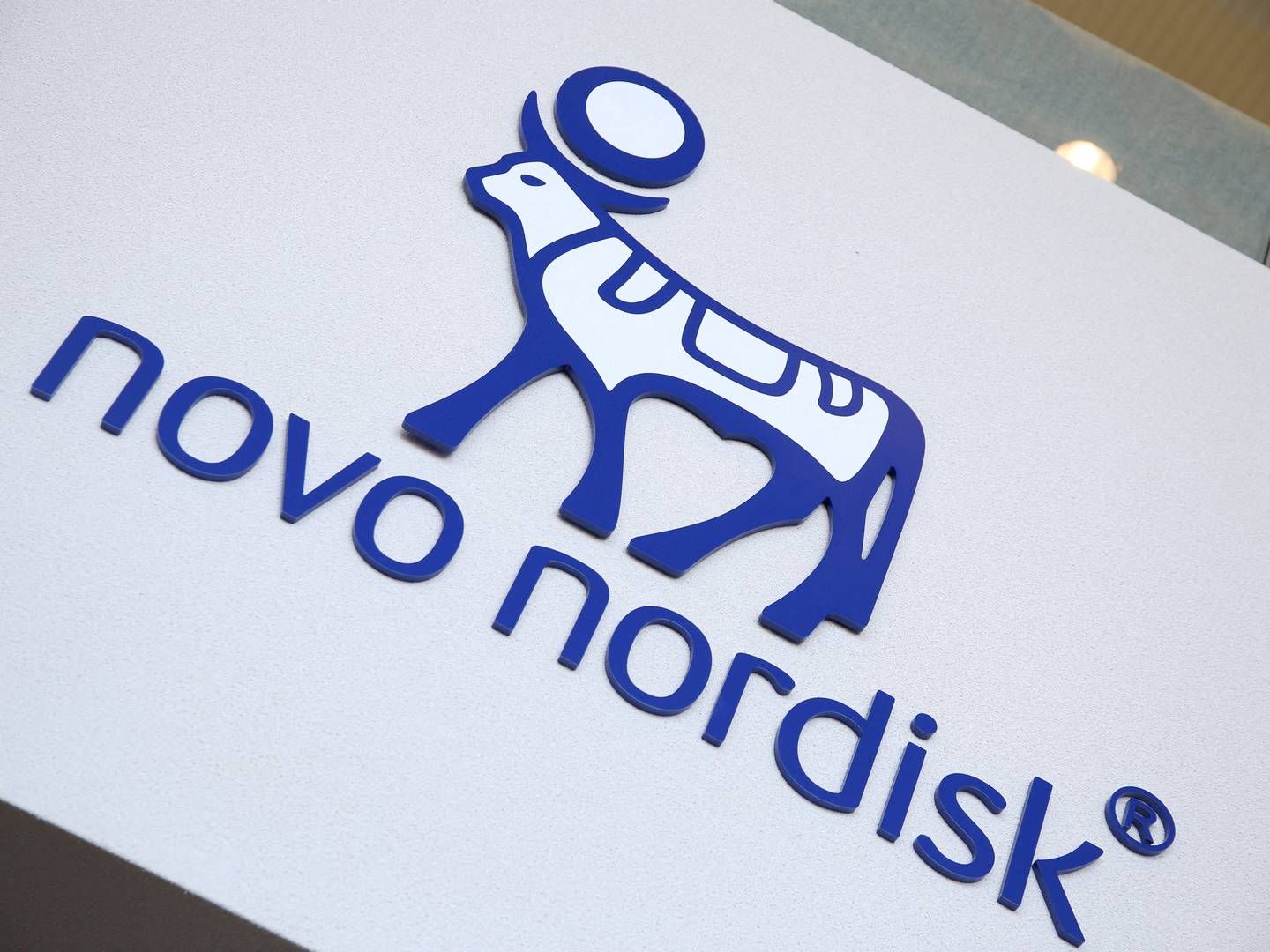Sweden saves quarter of a billion on MS medicine each year

Swedish neurologists are fulfilling every healthcare politicians hottest dream: they are saving millions while giving superior medicine to patients.
Because in Sweden, neurologists have increasingly started using the Roche-owned rituximab to treat sclerosis patients – a drug that is not approved to treat sclerosis, but rather intended as a treatment against various types of blood cancer, arthritis and a disease called immune thrombocytopenia that leads to a low platelet count.
“We have seen very good results with the drug and now use it for almost 25% of all sclerosis patients treated here in Sweden. It makes it the most used drug to treat sclerosis in the country,” explains Anders Svenningson, Chief Physician at the neurological clinic at Umeå University Hospital.
Rituximab, marketed as MabThera in Europe and Rituxan in the US, is a monoclonal antibody intended to reduce the number of B cells in the body by targeting the antigen CD20 found on the surface of most of these cells, thus killing them. B cells help to create antibodies and stimulate the T cells that damage the insulation surrounding nerve fibers, leading to symptoms of sclerosis.
Just how the B and T cells interact is not thoroughly understood, but the fact of the matter is that rituximab seems to work against sclerosis.
Cheaper with better effect
There are about 20,000 people suffering from multiple sclerosis in Sweden. About 10,000 of those receive treatment for their disease and according to the Swedish sclerosis register, 2,300 patients are given rituximab – a treatment costing just shy of SEK 26,000 per person per year.
According to Anders Svenningson, a third of those 2,300 patients receive rituximab instead of interferon therapy costing SEK 80,000 per year, a third get it instead of oral MS drug Tecfidera costing about SEK 140,000 per year, and a third get it instead of second line treatment Tysabri costing more than SEK 200,000 per year. That roughly translates into annual savings on medicine expenses of more than SEK 260 million or more than USD 30 million.
“We save many, many millions of kronor a year, but rituximab also has a much greater effect than existing medicine and patients are very pleased with their treatment. So it feels unethical in every way not to offer this treatment, although it has not been approved for the purpose,” Anders Svenningson says.
Accepting reality
When neurologists prescribe the drug they do so under the free right of prescription.
“It means that we and our organization – i.e. the hospital – assume responsibility for the treatment, whereas liability lies with the pharmaceutical companies when you use medicine for the indications it is approved to treat,” Anders Svenningson explains.
The Swedish MS-sällskapet, an association of neurologists and researchers in the field of multiple sclerosis, also recommends using rituximab to treat the disease. But the country’s medicine agency, Läkemedelsverket, where treatment guidelines are drafted, is not entirely pleased with the massive off-label use of rituximab.
“As a rule, we never recommend using an unapproved drug. But we have no mandate to decide over the doctors’ free right of prescription; we can only make guidelines. Doctors essentially have to follow those, but sometimes the two things clash,” says Kerstin Claesson, head of Läkemedelsverkets unit for drug use, Läkemedel i använding.
Moreover, there are the financial considerations with a disease that is expensive to treat and sees 1,000 new patients joining the population every year in Sweden.
“The counties (which run the country’s hospitals, ed.) are also interested in keeping costs as low as possible. So they are not always interested in following indications for a drug, and sometimes we in Läkemedelsverket also have to remove the blinders and accept the reality of things,” Kerstin Claesson says.
Known side effects profile
In Läkemedelsverket’s treatment guidelines for multiple sclerosis it says that the basis for treatment with rituximab remains weak. And there has only been done one placebo-controlled phase II study back in 2008 where 69 MS patients were given rituximab, while 35 patients received placebo. Patients were only followed for 48 weeks with no long-term follow-up.
The study did, however, reveal a lower number of attacks, and fewer brain lesions showed up on MRI scans of patients who had received rituximab.
But the lack of documentation does not make Anders Svenningson waver. Aside from the abovementioned study, three additional studies have been conducted with the second generation CD20 antibodies ocrelizumab and ofatumumab, developed by Roche and Genmab/Novartis, respectively, as MS treatments. These also showed a high efficacy on both number of attacks and lesions.
Anders Svenningson points to the fact that rituximab – one of the first monoclonal antibodies to be approved anywhere in the world – has been on the market since 1997.
“It has a well-known side effects profile that has been studied for almost 20 years. We already began using it here to a limited extent in 2008 to treat patients who couldn’t use Tysabri, as they had antibodies from the JC virus in their bloodstream and thus a risk of developing the brain infection PML. So we now have extensive clinical experience with it. The combination of rituximab’s known side effects profile and corroborating data from all studies with CD20 antibodies form the basis of our belief that rituximab is already a treatment option for sclerosis,” Anders Svenningson says.
Swedish neurologists have kept track of their use of rituximab from the beginning in a treatment register, which they have used to conduct register studies of rituximab, currently being evaluated for publication in scientific journals.
“We are basing this on a combination of studies and clinical experience and we are very confident. I know a lot of people shrug at this, but everybody knows that a phase II study is as good for providing proof-of-concept as a phase III study,” he says, adding that if there was no approved treatment for sclerosis, everybody would accept the evidence.
“Then it would be gross negligence not to use it when you know that it has an effect,” Anders Svenningson believes.
Novartis to launch phase III trial with Genmab drug this summer
Forward Pharma’s golden ticket is fading
Forward Pharma kicks off US patent war
- translated by Martin Havtorn Petersen
Would you like to receive the latest news from MedWatch directly in your e-mail inbox? Sign up for our free English newsletter below.
Relaterede artikler
Forward Pharma’s golden ticket is fading
For abonnenter
Forward Pharma kicks off US patent war
For abonnenter







